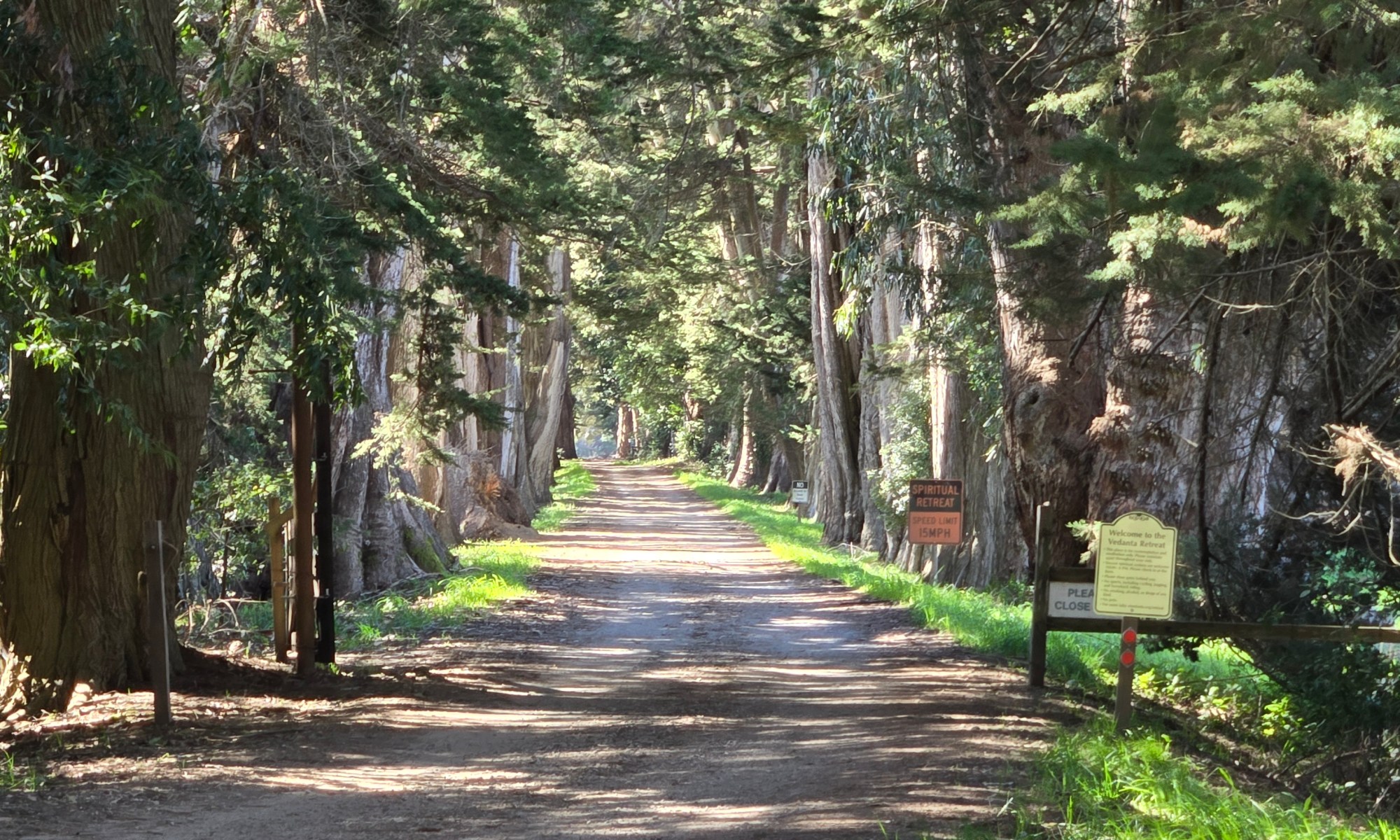The phrase “Make America Great Again” resonates deeply with many, tapping into a longing for prosperity, security, and influence. But what if we explored a pathway to greatness that isn’t about looking backward or building walls, but instead about building bridges and embracing a future driven by kindness, tolerance, and openness to the complex issues of our time? At “Head and Heart Together,” we believe a truly great America is one that harnesses its collective intelligence and compassion to thrive in a rapidly changing world.
One of the most significant shifts on the horizon, and one that demands our “head and heart” attention, is the changing global demographic landscape. For decades, we’ve heard about an ever-growing world population. However, the data now paints a different picture: the overall world birth rate is lowering, and the world population is actually expected to decrease in the coming decades, after peaking around 2084 at about 10.3 billion.
Consider these statistics:
- The global total fertility rate has halved in sixty years, from 5.3 in 1963 to 2.2 in 2023. It’s projected to drop below the 2.1 replacement level around 2050, signaling an eventual contraction of the world’s population. (Our World in Data, UN Population Division)
- Between 2000 and 2025, fertility rates declined in every UN region of the world and every World Bank country income group. This trend is expected to continue. (IMF)
- Countries like Japan and China are already experiencing population declines. Japan’s population is currently declining at 0.5% per year, and China’s population has peaked and is declining at about 0.2% per year (2023 data). (Wikipedia)
In this evolving global context, countries that embrace immigrant populations will undoubtedly be the strongest. Immigration is a vital demographic driver alongside fertility and mortality. As birth rates decline, immigration becomes a crucial factor in maintaining a robust workforce, stimulating innovation, and sustaining economic growth. The United States, for instance, remains the top destination for immigrants globally, with over 50 million foreign-born residents, and its population is projected to continue growing slowly and steadily to 421 million by 2100, unlike many other developed nations. Germany, the UK, and Canada are also strong examples of nations with significant immigrant populations that contribute to their economic vitality.
Beyond demographics, a truly great America must address the economic pressures facing its citizens. We need to focus on encouraging job creation in many areas, especially for middle-class jobs that do not require a 4-year college degree. This means investing in vocational training, apprenticeships, and skills-based hiring. Policies that support a robust manufacturing sector, green industries, and essential human services can create sustainable and meaningful employment opportunities without penalizing sectors beneficial to the environment and human needs. out leading with both our intellectual capacity to understand complex global trends and our compassionate heart to ensure no one is left behind. This is the pathway to a truly prosperous, resilient, and respected America in the 21st century.
Eliminating unnecessary degree requirements for jobs and focusing on skills can open pathways to opportunity for millions. While valuing and supporting formal education, we also recognize that developing practical skills and hands-on expertise is equally crucial for employment in a dynamic economy. This means investing in vocational training, apprenticeships, and skills-based hiring. Furthermore, for those who may have been left behind by traditional education pathways, providing comprehensive training in hands-on skills and trades—which are still very much in demand and will be essential in the future—can offer vital pathways to stable and fulfilling careers. Policies that support a robust manufacturing sector, green industries, and essential human services can create sustainable and meaningful employment opportunities without penalizing sectors beneficial to the environment and human needs.
Finally, and perhaps most importantly, a “Head and Heart Together” approach to national greatness recognizes a profound truth: we currently have enough to provide housing, food, and medicine to the entire world population if we make that a priority, and still allow for those with large incomes to enjoy the luxuries of life. This isn’t a utopian fantasy; it’s a matter of conscious choice and resource allocation.
While precise global statistics on excess capacity for these basic needs are complex to quantify, here’s what we know:
- The world produces enough food to feed everyone, yet chronic hunger and food insecurity persist due to issues of distribution, access, and waste. (Various UN reports on food security)
- Pharmaceutical innovations and production capacity exist globally, but access to essential medicines is highly unequal, driven by affordability and distribution challenges. (WHO reports)
- The issue of housing is often one of distribution and affordability rather than an absolute shortage of structures. Many urban areas, for example, have vacant properties while homelessness remains a crisis.
The challenge isn’t a lack of resources, but a lack of political will and equitable systems. Addressing income inequality, which has widened in most developed countries since the 1990s, is crucial for ensuring basic needs are met for all. While global inequality between countries has decreased, inequality within countries has often worsened, meaning 71% of the world’s population lives in countries where inequality has grown. (UN) Studies show that raising the income share of the poor and preventing the hollowing-out of the middle class is good for economic growth itself.
Making America great again, truly great, means redefining greatness. It’s not just about economic output, but about societal well-being. It’s about fostering a nation where kindness is a strength, tolerance is a cornerstone, and openness to new ideas and diverse populations is celebrated. It’s about building a supportive society where every American feels valued and has the opportunity to contribute. This approach—leading with both our intellectual capacity to understand complex global trends and our compassionate heart to ensure no one is left behind—will not only secure our future but will also instill a deep and genuine pride in being American, fostering unity over anger or shame. This is the pathway to a truly prosperous, resilient, and respected America in the 21st century.”






